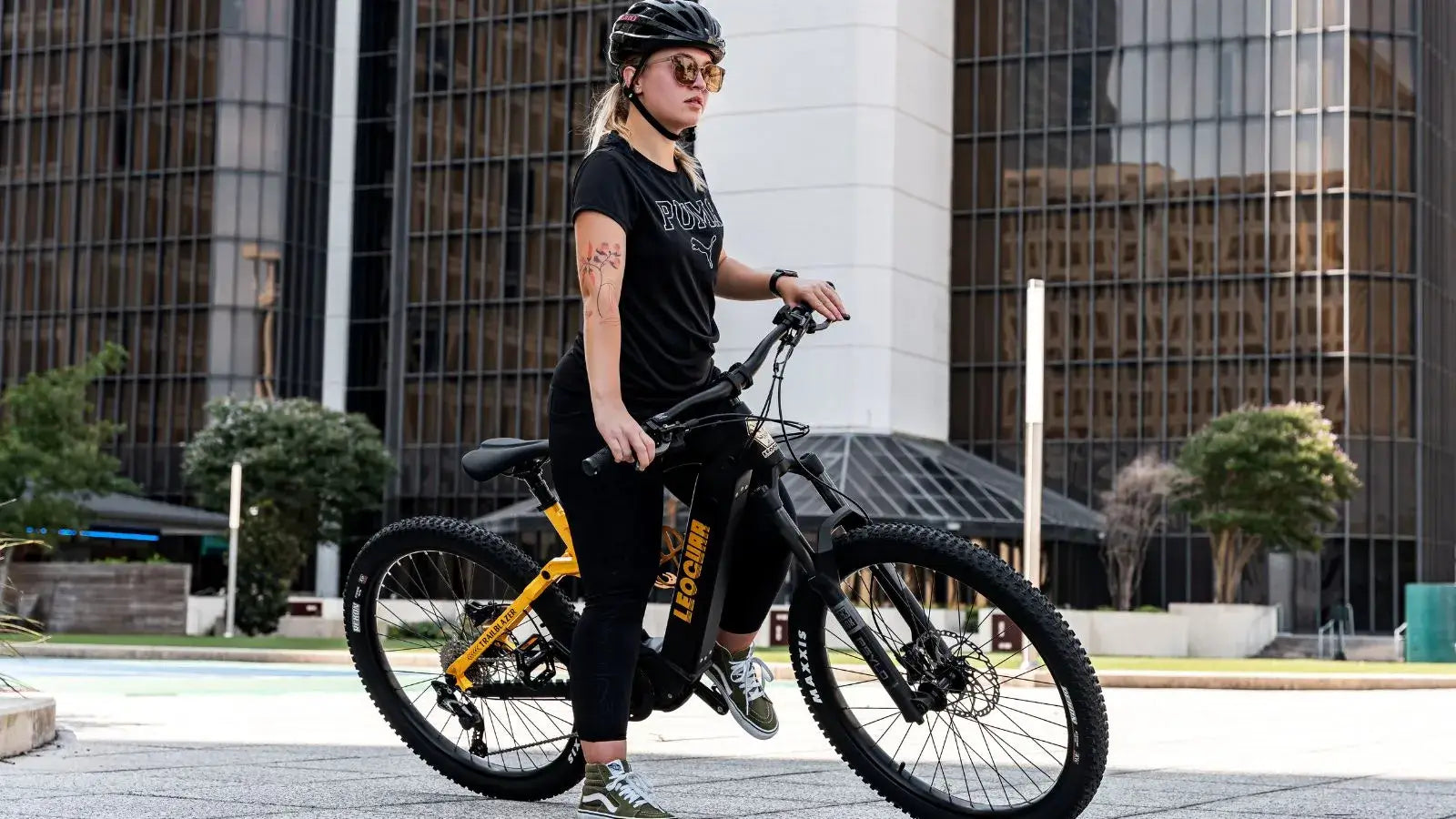
Electric Bike Gear Shifting 101: Essential Tips for Spring Adventures
Spring is the perfect time to dust off your electric bike and hit the trails for some outdoor fun. But before you embark on your next adventure, it’s essential to master the art of gear shifting. Proper gear shifting can make your ride smoother, more efficient, and ultimately, more enjoyable.
In this guide, we’ll cover everything you need to know about electric bike gear shifting, from understanding your bike's gear system to knowing which gear to use when going uphill. So, let’s dive in and get ready for some springtime cycling!
Understanding Your Electric Bike's Gear System
Before you can effectively shift gears on your Cruiser electric bikes, you need to understand how your bike's gear system works. Most electric bikes are equipped with a derailleur system, which consists of a series of gears and a mechanism that moves the chain from one gear to another.
Basic Components
-
Chainrings: Located at the front, these are the larger gears attached to the pedals.
-
Cassette: The set of smaller gears located at the rear wheel.
-
Derailleur: The mechanism that shifts the chain across the gears.
-
Shifters: Usually located on the handlebars, these are what you use to change gears.
Understanding these components is crucial for effective gear shifting, as each part plays a role in how your bike performs.
The Importance of Shifting Gears
Shifting gears on your electric bike is not just about making the ride easier; it's about efficiency and maintaining the longevity of your bike. When you shift gears appropriately, you reduce the strain on the bike's motor and battery, which can extend their lifespan.
One important tip is to shift before you stop. When approaching a stop, such as a traffic light, downshift to a lower gear. This makes it easier to start pedaling again when you resume your ride, as you won’t have to apply too much force to get moving.
How to Shift Gears on an Electric Bike
One key aspect of gear shifting is to pedal while shifting. This ensures that the chain moves smoothly from one gear to another. However, it’s important to ease off the pedal stroke slightly when shifting. Applying too much force can cause the chain to skip or even damage the gears.
Another important tip is to shift one gear at a time. Rapidly changing multiple gears can lead to unnecessary wear and tear on your bike’s gear system. Instead, give the chain enough time to settle into each gear before shifting to the next.
Choosing the Right Gear for the Terrain
Large gear = Low gear = Easy riding (great for starting or climbing hills)
Small gear = High gear = Fast riding (perfect for flat roads)

Flat Terrain
On flat terrain, utilizing a mid-range gear is essential. This gear setting allows you to maintain a steady pace, enabling you to pedal efficiently without overexerting yourself or putting unnecessary strain on the bike's motor.
In addition to comfort, a mid-range gear strikes a balance between speed and power, allowing you to zip along smoothly. Remember to maintain a consistent cadence to optimize battery consumption and extend your riding time.
Uphill Terrain
So, what gear do you use when going uphill on an ebike? The key to conquering hills is to anticipate the incline and shift to a lower gear before you start climbing. Lower gears make pedaling significantly easier, helping you tackle steep slopes without overwhelming your motor. It's advisable to change gears gradually; don’t wait until you’re halfway up the hill to shift. This proactive approach allows your motor to assist you effectively, making the climb less daunting.
Additionally, maintain a steady pedal cadence to keep your momentum while conserving battery power. If you find yourself struggling, remember to ease off the pedal stroke and allow the bike to adjust to the change in gear.
Downhill Terrain
When descending, shifting to a higher gear is crucial. This adjustment helps you maintain control over your bike and prevents it from accelerating too quickly, which can lead to loss of control. A higher gear allows for a more relaxed pedaling motion, letting you enjoy the view while coasting down the hill.
Engaging in some slight pedaling while downhill can help you stabilize the bike and utilize the bike’s motor for added assistance, enhancing your descent experience without putting undue pressure on the braking system.
When going downhill, shift to a higher gear. This helps you maintain control and prevents the bike from accelerating too quickly. It also allows you to take advantage of the descent without overworking the motor.
FAQs:
Gear shifting on an electric bike allows the rider to adjust the mechanical advantage of the pedaling motion. By selecting the appropriate gear, riders can optimize their pedaling efficiency, enhance comfort, and manage battery consumption better, especially when navigating varied terrains.
The gear ratio determines how many times the rear wheel turns for each pedal revolution. A lower gear (higher ratio) makes it easier to pedal, allowing for better acceleration and climbing ability, while a higher gear (lower ratio) enables higher speeds on flat surfaces. Understanding gear ratios is key to achieving optimal performance based on terrain.



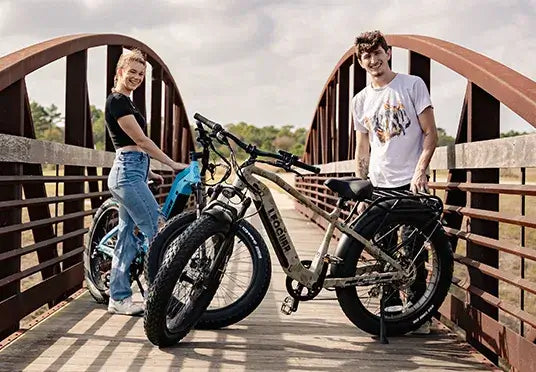
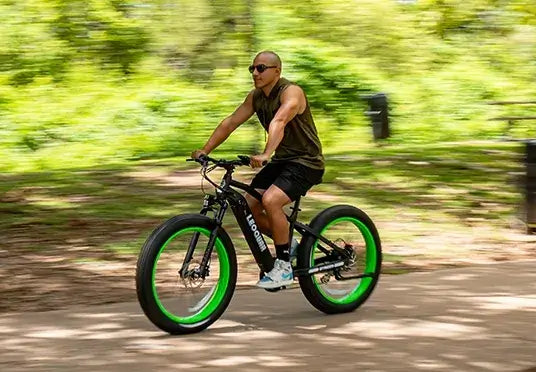
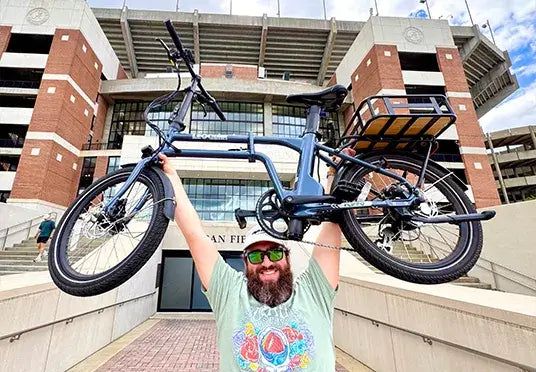
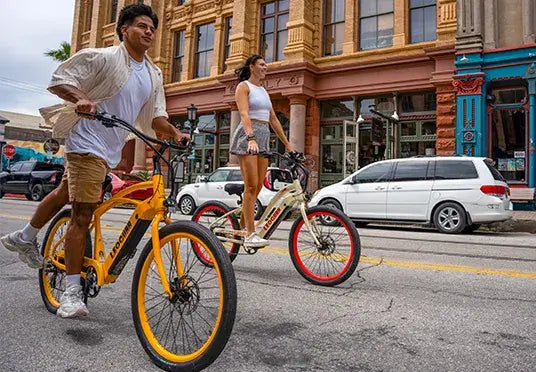
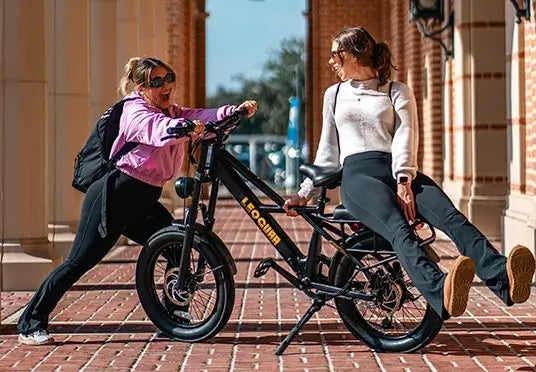
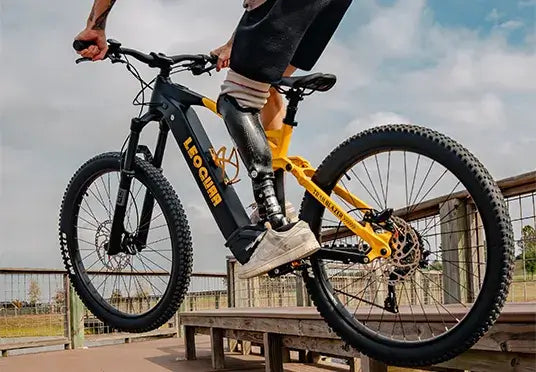
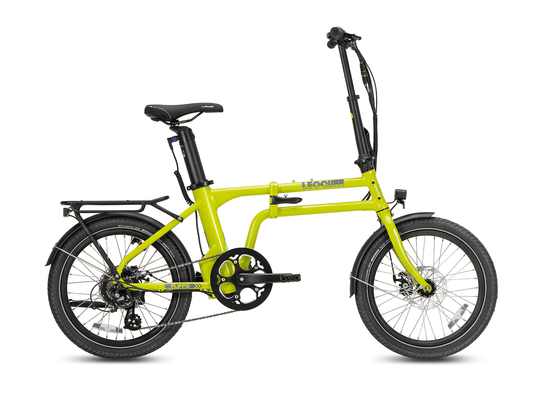
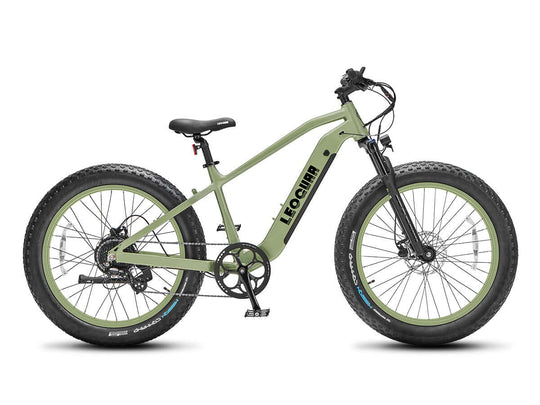
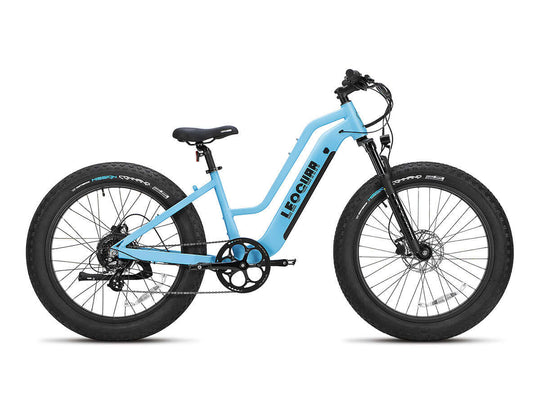
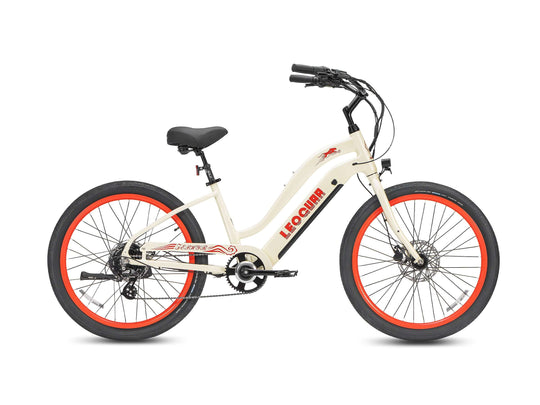
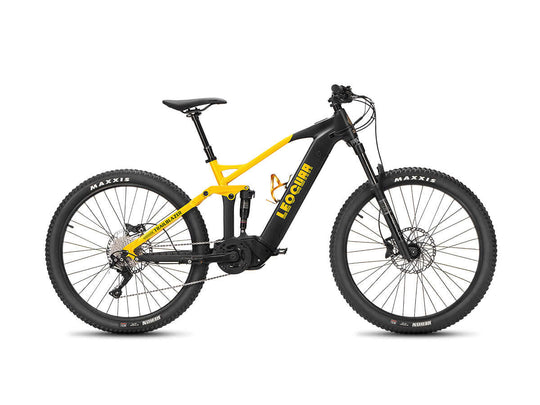
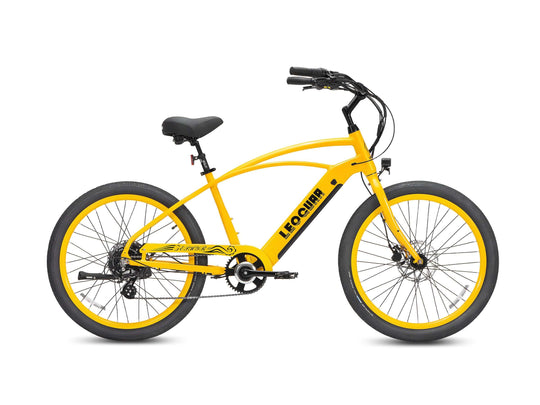
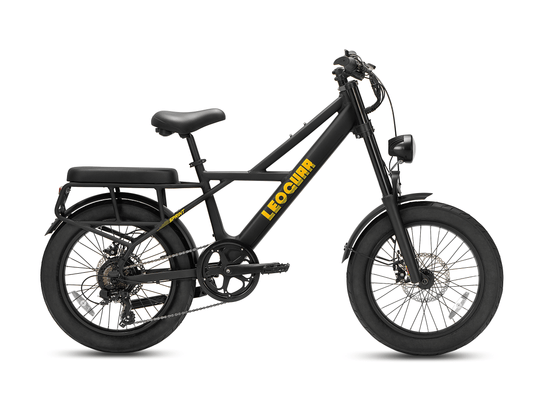
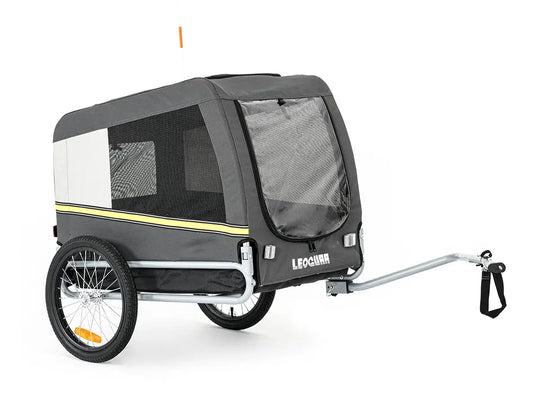
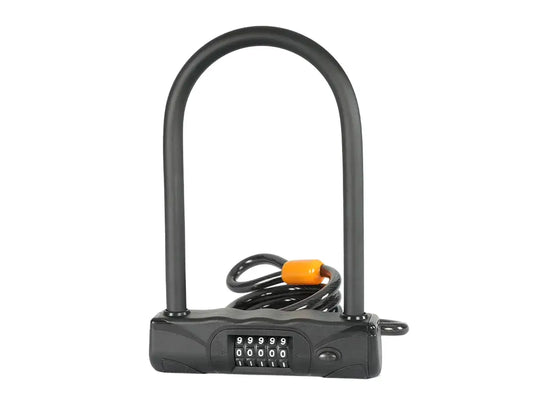
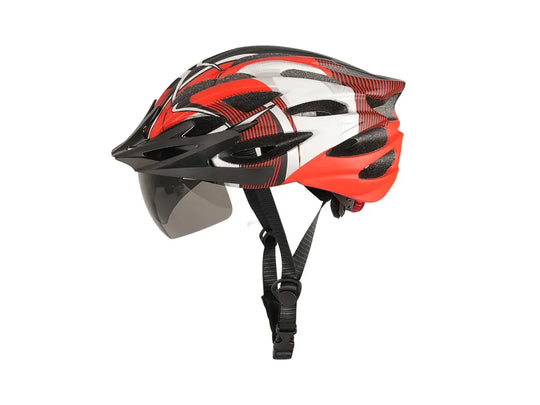
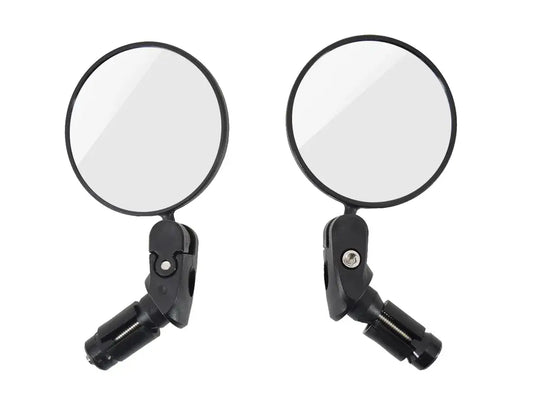
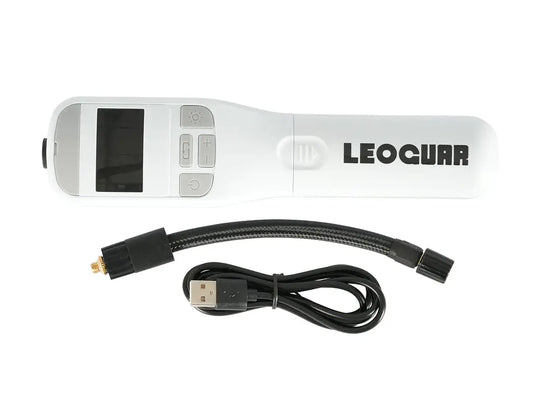
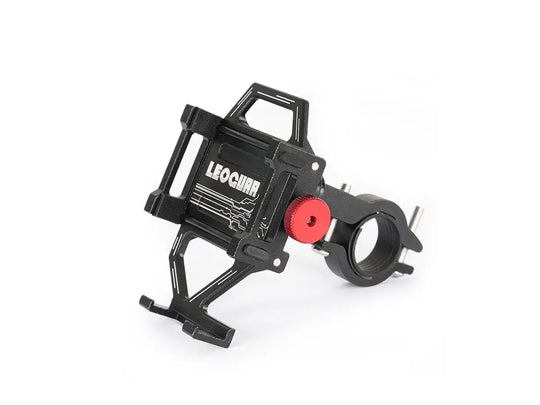

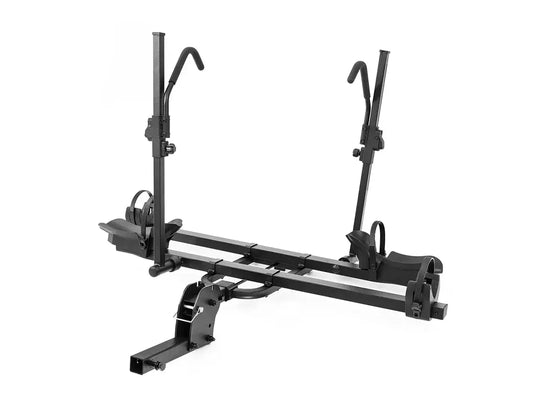
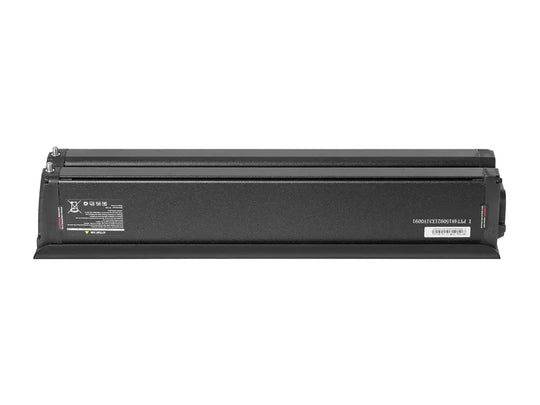
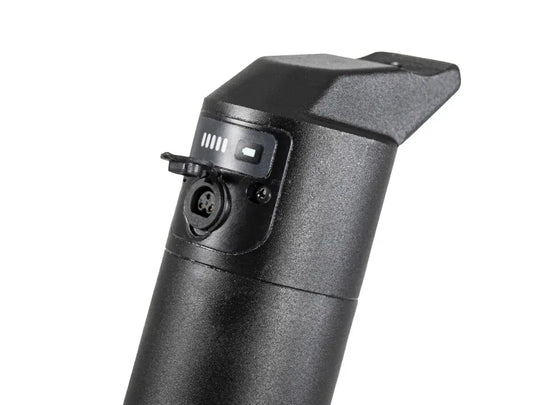
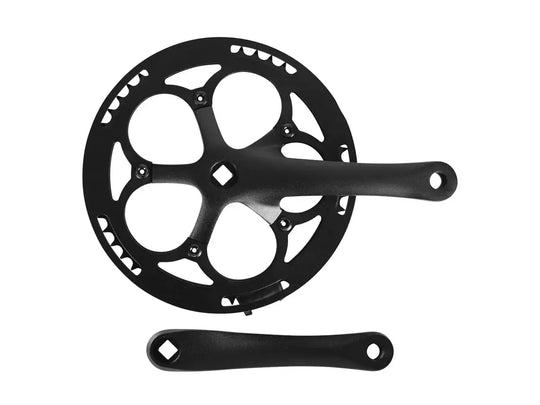
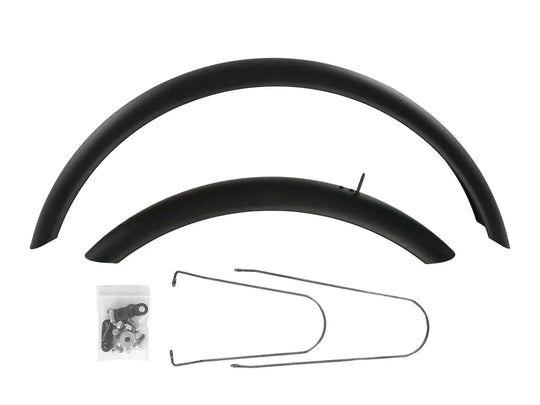
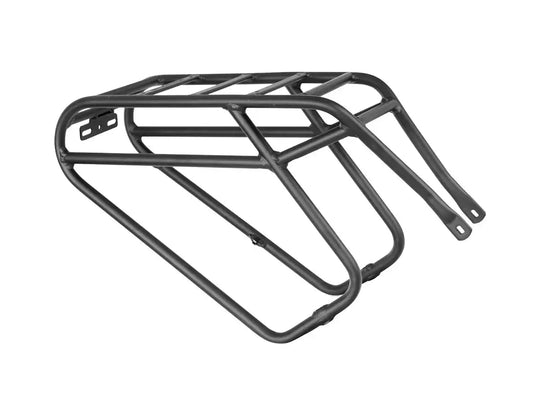
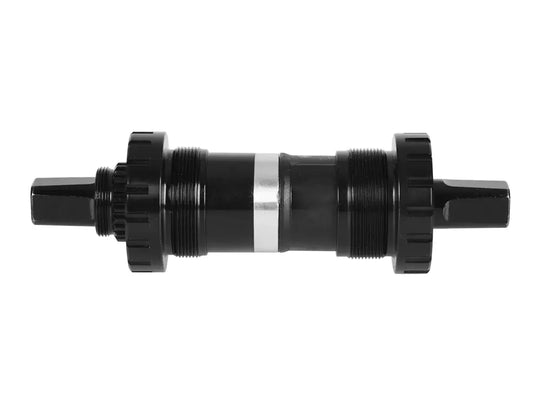
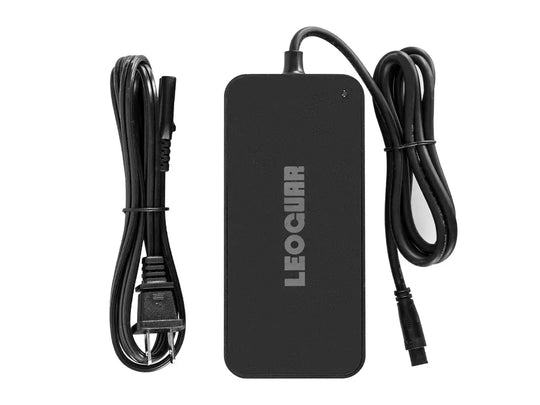
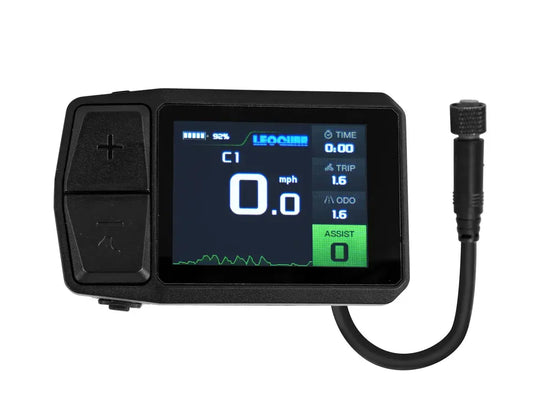
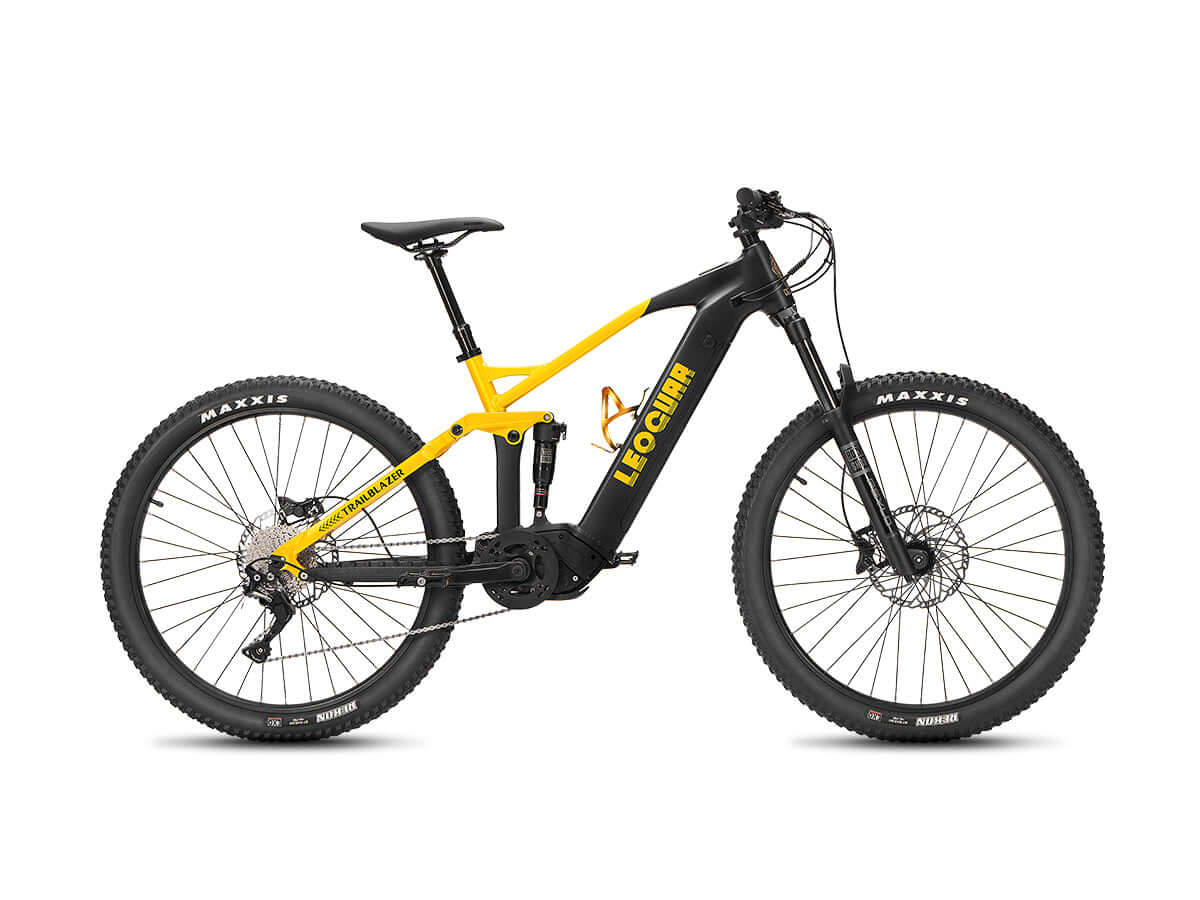







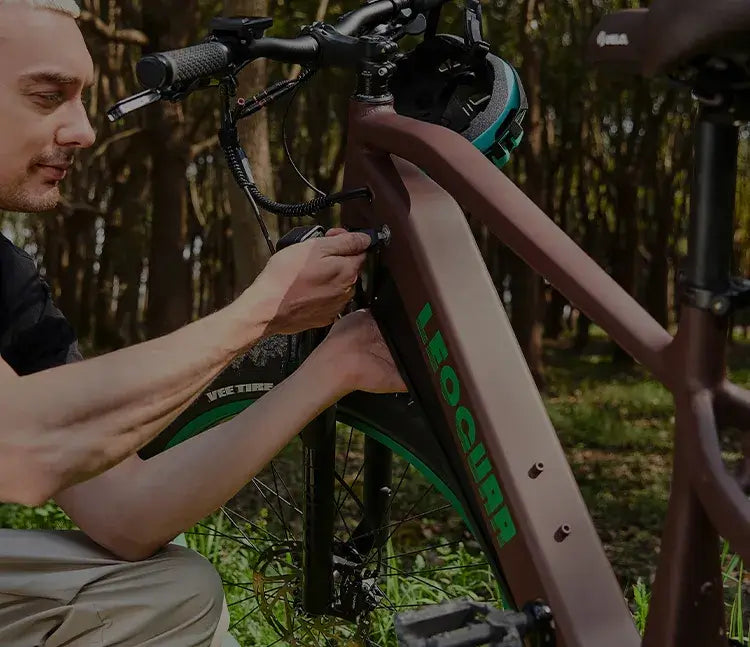
Leave a comment